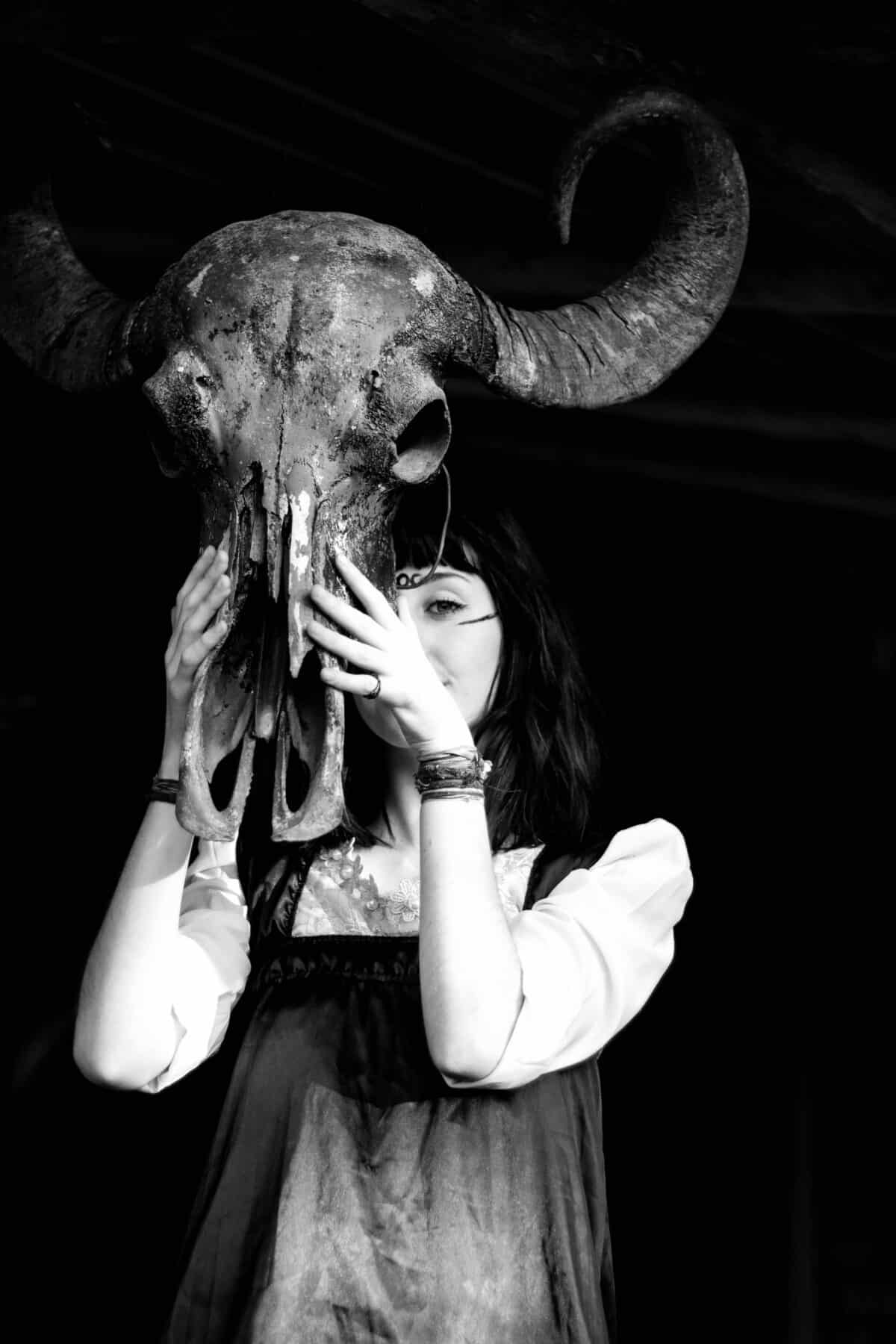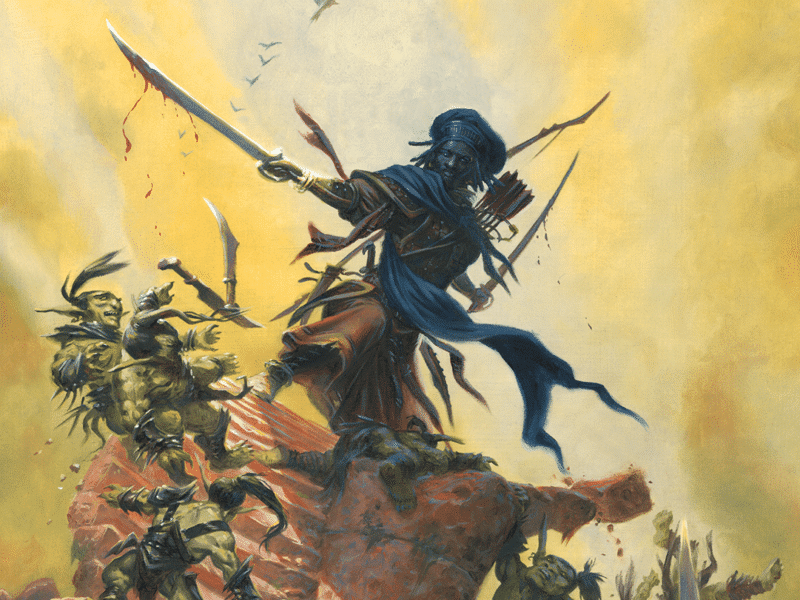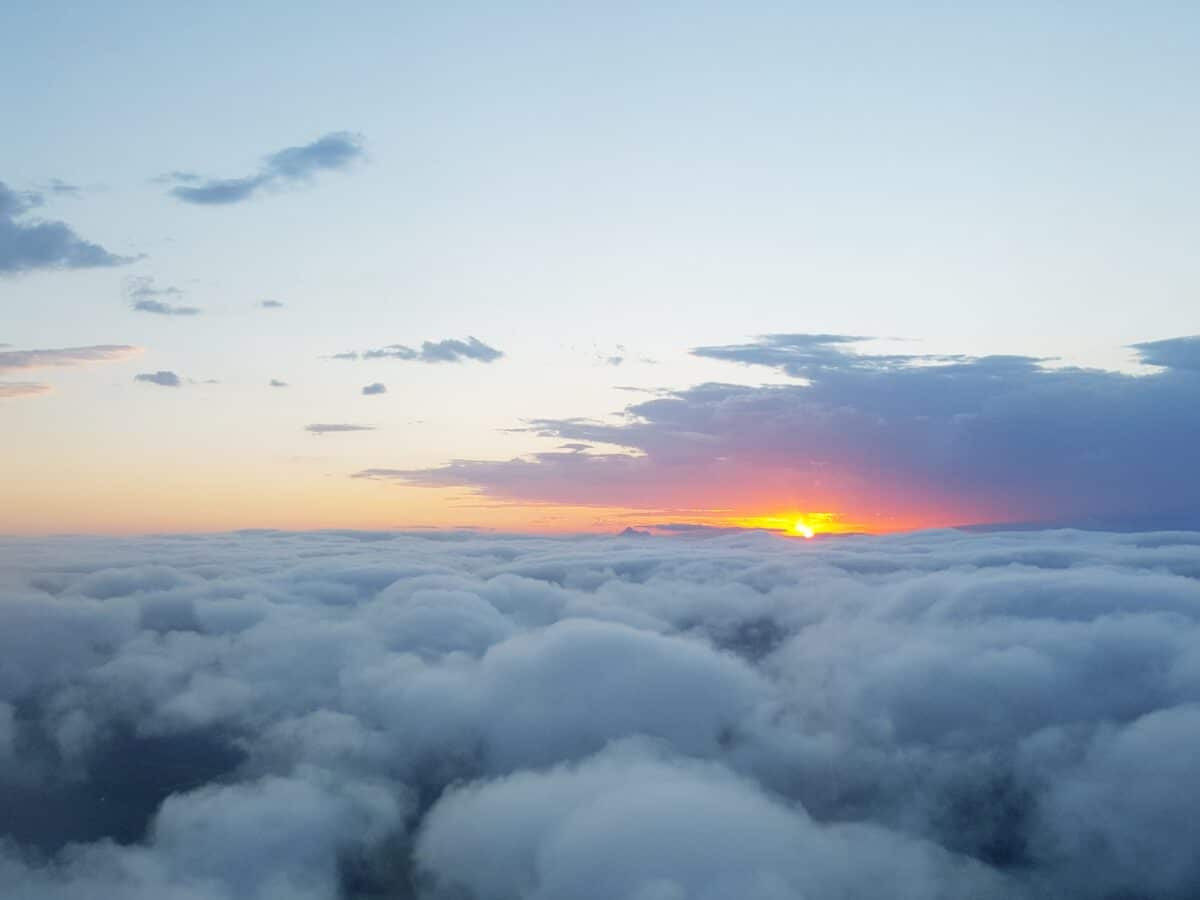If there’s one class in Dungeons & Dragons that requires a bit of extra thought to get the most from, it’s the druid. In my experience, D&D characters of this kind are often played in similar ways: nature-loving, robe-wearing semi-hermits who stroll around the wilderness with leaves in their hair and animals by their side.
However, if one scrutinizes them, they’re a curious blend of the odd, the complex and the straightforward. For example, they’re powerful spellcasters with the ability to deal plenty of damage, who can choose between hanging back and throwing lots of hurt at enemies from afar, getting into the thick of the fray, or locking down scores of foes on a battlefield – one of their specialities.
They can also morph into a number of creatures to go snooping around hostile territory, searching for ambushes or traps, soaking up damage in combat, or just getting an idea of the general terrain so that travelling becomes easier. There are also several very interesting and thematically dissimilar subclasses that one can pick from to specialize in a specific field and create a distinct flair for a character. In short, on paper, the druid is flexible and fun! Yet druids are among the least popular choices (based on the statistics from D&D Beyond in July 2020) among players.
I suspect that this is due to a few reasons, some of which are true while others might be misconceptions. This article will delve into this kind-of-a-mystery, and also explore what the class offers that makes it a joy to play.

Firstly, there seems to be a widespread idea that the druid is all about plants and animals, and little else. They also have a reputation of being a bit meek and off with the fairies (sometimes literally). In other words, there’s a notion that the class is limited to a narrow set of skills as well as a niche mindset, which in turn causes challenges when trying to play druids effectively and strategically in situations outside battles in glades or travels through woodlands. What’s more, this limitation also renders the druid boring, as your next character is destined to be just like your previous druid, only with possibly a different subclass.
To some extent, this is quite true: the class and its abilities are decidedly focussed on nature – but as I’ll suggest below, there’s plenty of variation to be found within this sphere, and some of the subclasses reach way beyond your regular fantasy flora and fauna.
Another reason why druids are so rare might be that they’re considered complex and difficult to play. This, I would argue, is a misunderstanding. What is correct is that the druid is different. The ability to change into a beast is unusual enough, and the class also has a unique mix of restrictions and proficiencies at level one: their d8 hit dice is decent and they can wear medium armour, but they won’t use suits of armour or shields that are made of metal. Their skill with weapons is equally quirky and gives them access to daggers, darts, javelins, maces, quarterstaffs, scimitars, sickles, slings, and spears. This is obviously for balancing purposes and might sound awkward, but once you’ve started to write up your character, most choices come naturally and there aren’t that many special rules to remember. In fact, the druid is quite straightforward to play once you have all the skills and spells laid out: as with many other classes, you’ll soon find your favourite approaches and make the most of them.
So there’s no need to let the unease about stereotypes, overly complicated features or pesky restraints get in the way when considering a druid for your next character. Instead, let’s take a look at what I believe are ways to make them great – and sometimes a riot – to play!
You’re almost a ranger
That hunter with their camouflage-patterned cloak and their fancy longbow? They haven’t got anything on your expertise when it comes to how to get around in the wild. While rangers are effectively ranged fighters with a sprinkle of survival-related skills, you have a unique bond with nature and its inhabitants that reaches far deeper – and you can use it to spectacular and devastating effect. For example, rather than carving arrows or crafting spears to use for attacking your enemies, you can use magic to command anything that grows to assail your opponents. Instead of attempting to sneak into a lit and well-guarded bandit hideout, you can turn into a spider and have a look around at your leisure. Instead of spending hours tracking and firing shots at deer to provide dinner for the adventuring party, you can summon nourishment through arcane means. And if you do need to move quietly, just turn into a wolf and watch the ranger go purple-faced with envy at your stealth. Or transform into a flying creature and skip the sneaking altogether – problem solved!
You’re not quite a hippie
Druids can indeed be somewhat hard to play against type (always a good solution for creating a character that’s enjoyable to play and appreciated by other players). The whole nature schtick is sort of glued tightly to the class, and it’s hopelessly easy to fall into the trap of acting vaguely caricature-hippie-like and go adventuring with your head in the clouds.
However, one glance at the list of subclasses (or Circles, as they’re called for druids) is enough to see several solutions to this problem.
Let’s start with what to me is an oddball: the Circle of Spores. As you can guess, this subclass’s theme is fungi. To me, makes that makes these druids strangely demonic – and that feeling is only reinforced by the first line in its description in the core rules: “Druids of the Circle of Spores find beauty in decay.” They don’t even necessarily think that death is the end of things, or even bad at all. If I would like to create an evil druid, or at least one that’s very removed from the archetypal leaf-riddled plant-collecting one, this is certainly one Circle that I would consider.
Then there’s the Circle of Stars. Some fantasy or D&D purists might claim that this subclass is too out there, in every sense of the expression, because what do planets and nebulas have to do with fire-breathing dragons or dim dungeons? I’d say that it’s all part of the wonderful stew of things that makes Dungeons & Dragons the excellently entertaining dish that it is. Because if we push the classic definition a little, the universe is part of nature too, right?
There are other worlds galore in the game’s lore, and what are they if not planetary bodies? Throw in the countless spells and legends that are related to various dimensions, and we’re knee-deep in metaphysics. Also, look no further than the Spelljammer setting for a helping of profoundly space-related material!
We have the Circle of Wildfire, which is enormously focussed on a single theme – flames, if viewed in different ways – but also extremely different to your average bark-eating druids.
You learn a range of fire-related spells when choosing this subclass, and you also get to summon a feisty little spirit that can torch your opponents. At higher levels, you get access to some truly strange powers: for example, when a creature dies, you can cause an arcane flame to rise from its corpse for one minute, and then – if another creature passes through the flame – use this fire to either heal the creature or burn it.
Or if you do prefer your druid to appear as if they’ve just emerged from the 1969 Woodstock festival, you can choose the Circle of Dreams and totally lean into this mode! This Circle lets you pass fey-granted healing power around like it’s a sharable potion, create reasonably safe haves for peaceful campaign, and use other dimensions to escape harm – and that’s before you learn how to enter actual dreams.
Most of all, I’d recommend that you develop a good and elaborate backstory for your druid, as this can be a vital tool for steering them away from ending up uninspiringly generic or bland. If you write down where your character comes from (geographically as well as socially), make sure that you know exactly why they have become a druid, and note what their ultimate goal is (in other words, spend some time working out their bonds and ideals), you’re likely to create a more nuanced personality for it – which in turn can make the character much more interesting to play.
You’re the wrath of the wilderness personified!
Whether you’re a regular bee-and-owl-loving druid or one that’s residing on the darker side of nature, remember that you can – and should- wield your powers to maximum effect when you reach higher levels. Regardless if we’re talking about nature as the environment or climate in a small area or the universe as a whole, it’s a powerful force, and the spells reflect this – especially on high levels. Once you’ve reached the fourth tier, you can sunder the ground, create turbulent winds, let the ferocity of the sun shine where you wish, raise gigantic waves, and, if you really want to bring the pain, slam a bona fide storm onto the heads of your enemies. At this point, your character is far from a feeble shepherd of some pretty meadow, and more a remarkable individual with tremendous abilities.
You can get nerdy with nature
If you happen to have more than a passing interest in nature – say, for example, that you’re fond of flowers or some other plants, a keen camper or hiker, a birdwatcher, someone who loves to use spice or herbs when cooking, or simply loves animals – then the druid could be the class for you! Because if there are any characters who is happy to go into detail about their profession, it’s the druid who walks around hunting monsters and seeking loot while at the same time collecting rare blooms or uncatalogued insects – because there’s so much to learn and study. After all, adventuring provides one with plenty of opportunities to build a phenomenal registry of species and samples, or expand on an already existing one.
You’re a beast
By which I mean to say that you literally are (or at least can become) a beast – and not just a single specific one, either! Because the druid is able to turn into a plethora of different creatures, each of which has its own special combination of abilities and can be used for a variety of tasks – scouting, fighting, protecting, and so on. This is the druid’s standout feature, and it’s one that can be employed to fantastic effect. Become a beast with lots of hit points, draw the enemy’s attention to yourself, and keep them preoccupied while your friends regroup or move out of harm’s way. Turn into a snake and slither into places that are too confined or secure for anyone else to enter. Transform into a bird and take to the skies so that you can spy where the villain keeps their army hidden.
What’s remarkable about the druid is that they get to pick and choose from a vast array of critters (and worse), and they also get to change into their new form twice between every short rest! Unless you’re level 20, of course – because then you can change as often as you please! What’s more, if you pick certain subclasses, this ability is improved upon in several ways. So someone who plays a druid is wise in reading up on how creatures in D&D are good (and bad) are different things, and it’s also recommended to be used to have one’s character being in the shape of an animal for prolonged times.
That was a selection of my thoughts about druids and how they can be played to make them stand out and be interesting rather than bland! I hope this list has been useful – and remember, don’t let those rangers or mages steal your thunder, because you have the forces of the entire world at your fingertips!







